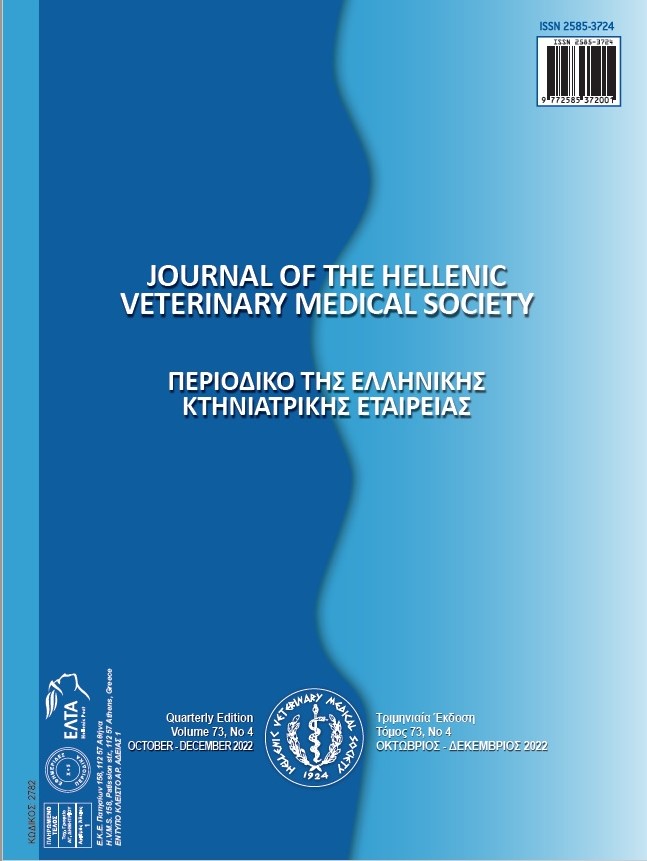Comparison of the effects of buparvaquone and paromomycin on oocyst excretion and clinical parameters in diarrheal calves naturally infected with cryptosporidiosis
Resumen
Cryptosporidium is an obligate intracellular parasite that infects a wide variety of hosts. Twenty calves with cryptosporidiosis were divided into two groups. A single dose of 2.5 mg/kg buparvaquone was administered intramuscularly to one group, while 100 mg/kg/day paromomycin was administered orally to the other group. The results obtained from the study in which oocyst shedding and clinical parameters of sucking reflex, mental status, oocyst scattering were observed in both groups offer an effective control option with this study, which provides results that support the application of a single dose of buparvaquone injection against the complex treatment methods applied to calves with cryptosporidiosis in the field. In this study, a significant decrease in oocyst shedding and rapid improvement in clinical findings were observed in calves.
Article Details
- Cómo citar
-
Evci, F., & Şentürk, S. (2023). Comparison of the effects of buparvaquone and paromomycin on oocyst excretion and clinical parameters in diarrheal calves naturally infected with cryptosporidiosis. Journal of the Hellenic Veterinary Medical Society, 73(4), 4779–4784. https://doi.org/10.12681/jhvms.27509
- Número
- Vol. 73 Núm. 4 (2022)
- Sección
- Research Articles

Esta obra está bajo una licencia internacional Creative Commons Atribución-NoComercial 4.0.
Authors who publish with this journal agree to the following terms:
· Authors retain copyright and grant the journal right of first publication with the work simultaneously licensed under a Creative Commons Attribution Non-Commercial License that allows others to share the work with an acknowledgement of the work's authorship and initial publication in this journal.
· Authors are able to enter into separate, additional contractual arrangements for the non-exclusive distribution of the journal's published version of the work (e.g. post it to an institutional repository or publish it in a book), with an acknowledgement of its initial publication in this journal.
· Authors are permitted and encouraged to post their work online (preferably in institutional repositories or on their website) prior to and during the submission process, as it can lead to productive exchanges, as well as earlier and greater citation of published work.



